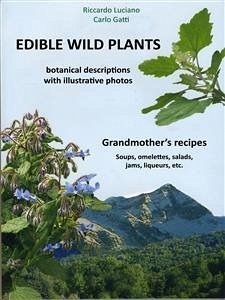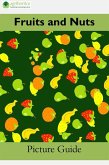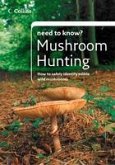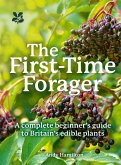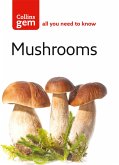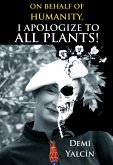From "Tuttolibri", La Stampa, Turin, Italy. Walking through the fields, along the lanes or in the mountains can be pleasantly surprising: botany is not just theory... "Edible Wild Plants" is a fresh, new book. Spontaneous and easy divulgation is fascinating. Rediscovering our botanical roots and those of our places, privileging the edible aspect and retracing the many uses of a plant, suggests new approaches, while preserving the old ones. The late "reuse" of simple herbs, whose many species can be found in fields and pastures, takes us back to the past, when cuisine was poor, yet intelligent and refined. The authors, Riccardo Luciano and Carlo Gatti, have made a small miracle of applied botany. Knowing means protecting: our rich botanical heritage will have a safer, peaceful and happy future. From the back cover. Edible Wild Plants: a book that speaks for itself, with a simple and eye-catching title that invites readers to read and read it once again, as a manual providing useful and practical information. You just need to be careful and some good pieces of information to discover the varied universe of edible plants, precious as a food, as well as for medicinal and cosmetic purposes. From the presentation. In recent years there has been a keen and growing interest in wild plants and their use as an ingredient for salads, soups, omelettes or stuffed ravioli and more. For many people, and for different reasons, harvesting wild plants is a stimulating activity. Yes, because identifying the right plant is not easy and being able to do that is quite rewarding, moreover, some people believe that wild plants are richer in vitamins, mineral salts and active ingredients compared to other plants, although this has not been scientifically proven. Last but not least, what we are harvesting can be really useful, it is an outdoor activity and it could be very fun and relaxing. […] That's why this book was written: trying to describe in a simple and linear way some wild plants which have been or can be used for cooking and, at the same time, highlighting the most common mistakes that can be made when identifying and harvesting them. So, if on the one hand harvesting wild plants can be really fun, on the other hand those who decide to devote their time to this activity must be really prepared. It is important to choose people who really know wild plants, not just their the dialect name, but everything about them.
Dieser Download kann aus rechtlichen Gründen nur mit Rechnungsadresse in A, B, BG, CY, CZ, D, DK, EW, E, FIN, F, GR, HR, H, IRL, I, LT, L, LR, M, NL, PL, P, R, S, SLO, SK ausgeliefert werden.
Hinweis: Dieser Artikel kann nur an eine deutsche Lieferadresse ausgeliefert werden.

